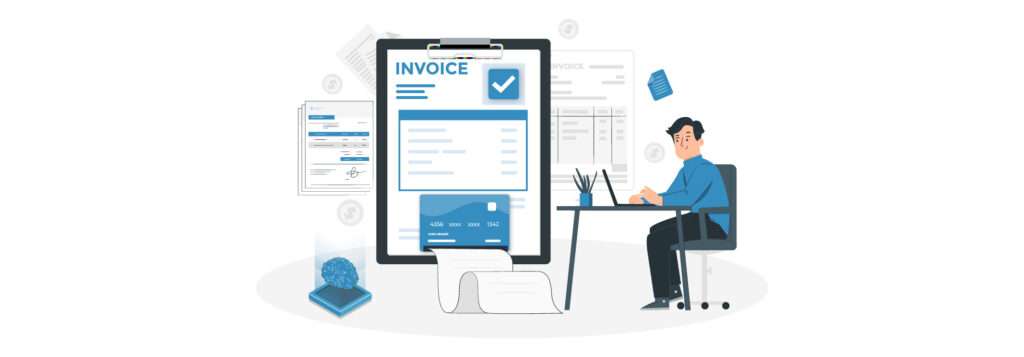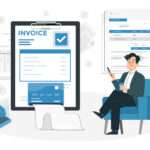Running a successful business requires careful attention to every financial detail, and one of the most critical aspects is invoice settlement. Managing this process efficiently can help avoid delayed payments, confusion over amounts owed, and strained relationships with suppliers. Understanding how to handle settled invoices effectively ensures your business operations remain uninterrupted and financially sound.
This guide breaks down what invoice settlement means, why it’s important, and how to manage it effectively in your business.
Why Invoice Settlement Matters
In financial transactions, invoice settlement serves as the final confirmation that all parties have fulfilled their obligations. Properly handling this process prevents common issues like payment delays, disputes, and cash flow disruptions. Keeping the invoice settlement process organized and timely is essential for maintaining strong supplier relationships and ensuring your business’s financial health.
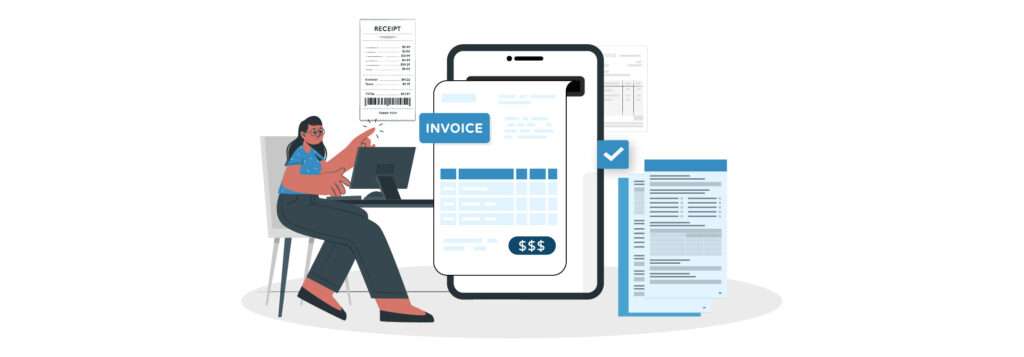
Why Invoice Settlement Matters
What is Invoice Settlement?
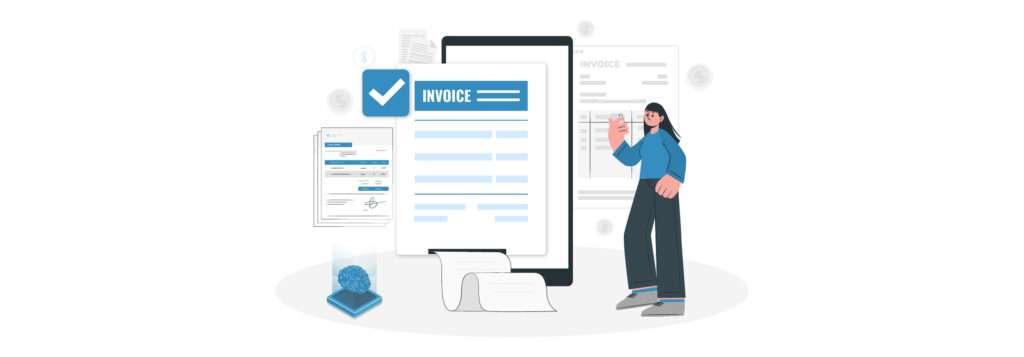
Invoice settlement refers to the process of paying an invoice in full, thereby completing the transaction between a buyer and a supplier. This step finalizes the purchasing process, confirming that both parties have met their respective obligations. When an invoice is settled, the payment has been made, and the transaction is officially closed.
Several types of invoice settlements exist, depending on how and when payments are made:
- Partial Settlement: Payment is made for only part of the invoice amount, leaving a balance due. This might happen when a dispute arises over part of the invoice or when payments are made in installments.
- Full Settlement: The entire invoice amount is paid at once, fully closing the transaction. Suppliers often prefer this straightforward method.
- Early Payment Discounts: Suppliers sometimes offer discounts for paying invoices before the due date, encouraging prompt settlement. This benefits the supplier’s cash flow and allows the buyer to save money.
Improve your cash flow effortlessly—explore our accounts receivable management.
The Invoice Settlement Process: Step by Step
Settling invoices involves several key steps that ensure accuracy and efficiency:
- Invoice Receipt: The process starts when your business receives an invoice from a supplier. The invoice outlines the goods or services provided, the amount owed, and the payment terms.
- Verification: Verify that the invoice details match the original purchase order and that the goods or services were received as expected. This step helps catch any discrepancies or errors early on.
- Approval: After verification, obtain approval from the appropriate personnel within your organization. This may involve confirming with the department that requested the goods or services that everything is in order.
- Payment: Process the payment according to your company’s payment cycle and terms.
- Record Keeping: Document the transaction in your financial system, which is essential for maintaining accurate records and for audit purposes.
Streamline invoice automation process for accurate, efficient settlements
Best Practices for Efficient Invoice Settlement
Efficient invoice settlement involves more than simply paying bills on time. The following practices help ensure a smooth process:
- Automate Where Possible: Use accounting software to automate invoice tracking and payment processing. Automation minimizes human error and speeds up the settlement process, especially for businesses handling a large volume of invoices.
- Set Clear Payment Terms: Communicate payment terms with your suppliers to avoid misunderstandings. This includes specifying due dates, preferred payment methods, and any potential discounts for early payment.
- Regular Reconciliation: Regularly reconcile accounts to confirm that all payments have been made and that no discrepancies exist between your records and those of your suppliers.
- Maintain Open Communication with Suppliers: Keep a clear line of communication with your suppliers regarding payment timelines and any potential issues. This helps build trust and ensures that both parties understand expectations.
The Impact of Effective Invoice Settlement on Your Business
Handling settlement of invoices efficiently offers significant benefits:
- Improved Cash Flow: Timely invoice settlement helps maintain a healthy cash flow, which is essential for meeting operational expenses and making strategic investments. Proper cash flow management also reduces the need for short-term financing, saving your business money.
- Stronger Supplier Relationships: Paying invoices on time builds trust with suppliers, making them more likely to offer favorable terms in the future. Strong supplier relationships can lead to better pricing, priority service, and more flexible payment options during challenging times.
- Operational Efficiency: An efficient invoice settlement process reduces the administrative workload, allowing your team to focus on strategic tasks. Streamlined financial processes enable your business to operate more smoothly and respond quickly to new opportunities.
- Enhanced Credit Rating: Consistently settling invoices on time improves your business’s credit rating, making it easier to secure loans or credit lines in the future. A strong credit rating is an asset for any growing business.
Common Challenges in Invoice Settlement and How to Overcome Them
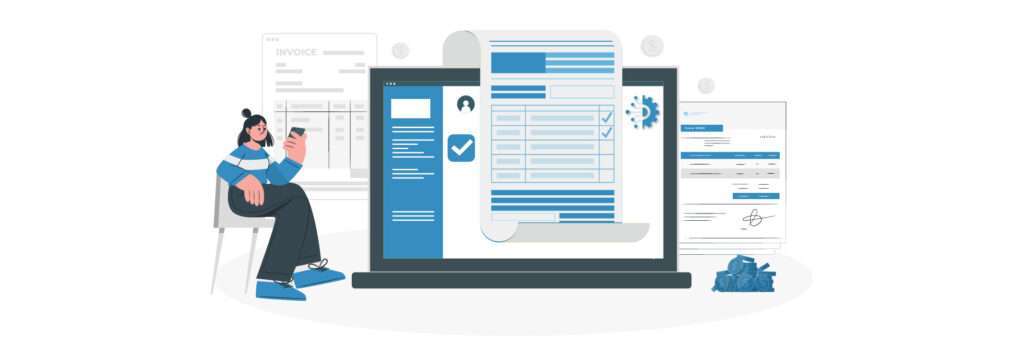
Even with careful planning, challenges can arise when settling invoices. Here are some common issues and how to address them:
- Discrepancies Between Purchase Orders and Invoices: Occasionally, the details on the invoice do not match the original purchase order. To avoid this, verify thoroughly during the invoice receipt process. It’s also important to communicate with suppliers to resolve discrepancies promptly.
- Delayed Approvals: Internal delays can slow down the payment process. Streamline the approval process by setting up clear protocols and using digital tools for faster sign-offs. Implementing automated workflows that notify relevant personnel when an invoice requires their attention can also help.
- Human Error: Manual data entry can result in mistakes. Reduce errors by using automated tools that handle invoice data and flag inconsistencies. Regular training for your finance team on the latest tools and practices can also help minimize errors.
- Cash Flow Constraints: Cash flow issues can make it difficult to settle invoices on time. In such cases, communicate openly with suppliers and explore flexible payment options, such as installment plans or extended payment terms.
Leveraging Technology for Better Invoice Settlement
Technology can greatly enhance the invoice settlement process. Tools like Serina.ai automate and streamline invoice management, reducing errors and speeding up the entire process. Implementing such solutions ensures that invoices are settled quickly and accurately, freeing up your team to focus on more important tasks.
For instance, Serina.ai offers features like automated invoice matching, real-time tracking, and advanced reporting. These capabilities help your business stay on top of payments and avoid common pitfalls. Leveraging these tools transforms the invoice settlement process from a time-consuming task into a seamless operation.
Case Study: How Technology Improves Invoice Settlement
Consider a company struggling with slow invoice processing times and frequent errors. After implementing Serina.ai, they saw a significant reduction in processing time and a drastic decrease in errors. This not only improved their relationships with suppliers but also allowed their finance team to work more efficiently, focusing on strategic financial planning instead of getting bogged down in administrative tasks.
This example highlights the benefits of integrating technology into financial processes. The company’s improved efficiency translated into cost savings, better supplier relationships, and a more agile operation overall.
Conclusion
Effective invoice settlement plays a vital role in the smooth operation of any business. Understanding the various types of settlements, the steps involved, and the benefits of timely payments enables your business to manage finances more effectively. Automation tools like Serina.ai can enhance this process, leading to increased efficiency and accuracy.
Ensuring that invoices are settled promptly not only saves money but also strengthens business relationships, improves cash flow, and positions your company for long-term success.
Frequently Asked Questions (FAQs) About Invoice Settlement
What does it mean when an invoice has been settled?
An invoice is considered settled when the full payment has been received and the transaction is complete. A settled invoice indicates that all financial obligations between the buyer and supplier have been fulfilled.
How long do you have to settle an invoice?
The time to settle an invoice varies based on the terms agreed upon with the supplier. Common terms range from 30 to 90 days. Adhering to these terms helps maintain good relationships with suppliers and avoids late fees.
What is the meaning of invoice settlement in electricity bills? Invoice settlement in the context of electricity bills refers to paying the full amount owed for utilities by the due date to avoid service disruptions. Timely payment ensures that your services continue without interruption.
What is a supplier settlement?
A supplier settlement refers to the payment process where the buyer pays the supplier for goods or services received, finalizing the transaction. It is a crucial step in maintaining strong, trust-based relationships with suppliers.


